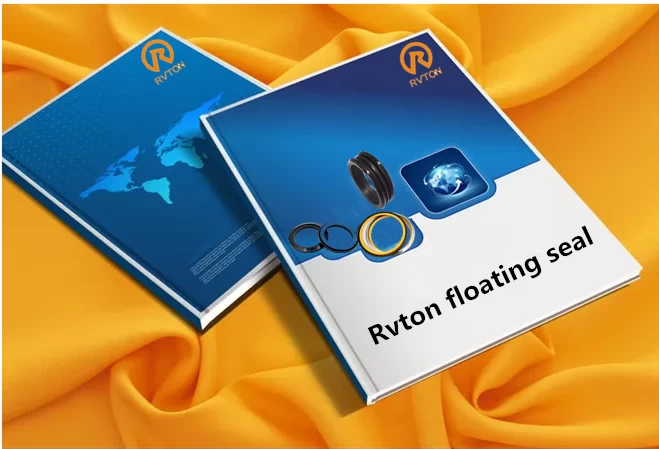Floating Seal is a Seal Used in Rotating Body Exposed to Silt and Sand.The Floating Seal Is a Kind of A Combination Seal Composed of High Hardness C ...
Floating Seal is a Seal Used in Rotating Body Exposed to Silt and Sand.The Floating Seal Is a Kind of A Combination Seal Composed of High Hardness C ...
Floating Seal is a Seal Used in Rotating Body Exposed to Silt and Sand.The Floating Seal Is a Kind of A Combination Seal Composed of High Hardness C ...
Floating Seal is a Seal Used in Rotating Body Exposed to Silt and Sand.The Floating Seal Is a Kind of A Combination Seal Composed of High Hardness C ...
Floating Seal is a Seal Used in Rotating Body Exposed to Silt and Sand.The Floating Seal Is a Kind of A Combination Seal Composed of High Hardness C ...
Floating Seal is a Seal Used in Rotating Body Exposed to Silt and Sand.The Floating Seal Is a Kind of A Combination Seal Composed of High Hardness C ...
In general, the raw materials commonly used for floating oil seals are mainly made of casting and forging. The casting methods mainly include investment casting, shell casting, and pressure casting. The main means of forging are die forging and rolling forging. It is generally used to make carbon alloy structural materials such as bearing steel. Its advantage is low cost.
The surface roughness of the floating seal ring in the floating oil seal has a great influence on the wear resistance. Such a standard of roughness requirement can be achieved by plane or spherical grinding. After pulling, after a lot of research, the fine structure can provide storage space for lubricating oil. Thereby forming a uniformly dispersed microporous structure capable of adapting to a higher linear velocity.
In addition, for floating seals, the hardness of the surface is very high. Therefore, in order to achieve such hardness and improve wear resistance, for most of the floating oil seals, quench hardening treatment or sealing surface hardening treatment is required. For the hardening treatment of the surface, the use of induction is quenching, laser quenching, etc.
